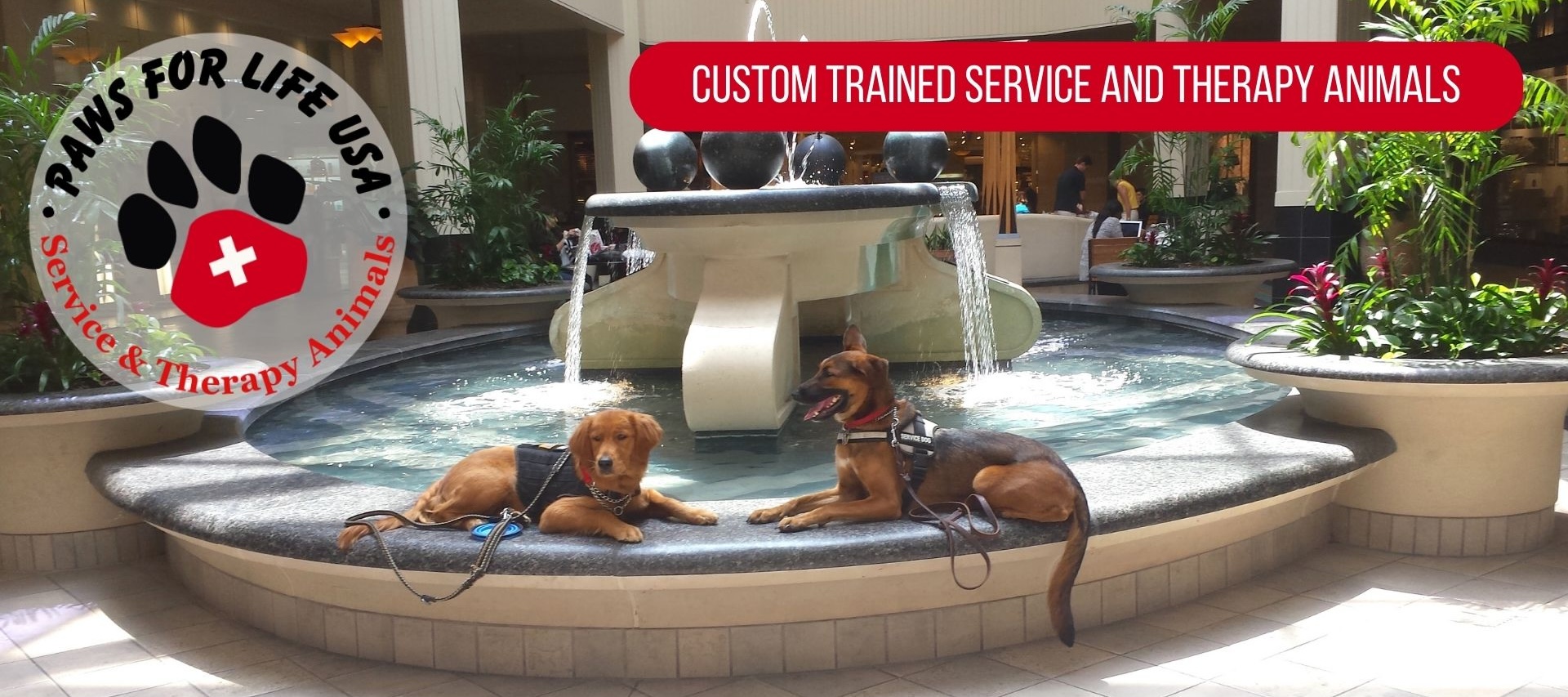Diabetic Awareness or Alert Service Dogs (Type 1 and Type 2)
Diabetes – Type 1 (juvenile, brittle) diabetes and type 2 diabetes are different diseases with similar symptoms. Type 1 is a disease in which the body no longer produces insulin; therefore, the type 1 diabetic requires an alternate source of insulin (shots or pumps). Type 1 is usually diagnosed before age 40. Meals, emotions, physical activity, growth spurts, hormone levels, weather . . .everything. . .effects blood sugar levels in a person with type 1. Type 2 diabetic is a condition in which the body still produces insulin, but it is not as effective as it should be. This type of diabetes can usually be managed with diet, exercise, and maybe a pill.
Have you ever heard of a dog that could sense when blood sugars are dropping to an unsafe level? They are called Hypoglycemic Alert Dogs or Diabetic Alert Dogs (D.A.Ds) and they are enhancing lives every day. Diabetic medic alert dogs are trained to respond to a change in the way a person smells when their blood sugar is too low or too high. Normally, a person can feel the warning signals of LOW BLOOD SUGAR (sweating, shaking, nausea, and confusion); however, some are unable to feel these symptoms and are thus unaware that their blood sugar is dropping or is dangerously low. This can lead to seizures, brain damage, or passing out while driving – Diabetic Alert Service Dogs are trained to give a signal to alert their partner when they detect to low or to high blood sugar levels.
The Diabetic medic alert dogs are taught signals for high and low blood sugar, and how to alert other family members (barking?) in an emergency, and possibly how to push a special button on a phone to send a recorded message to the 911 dispatcher. (Specifically trained to identify and assist diabetics during hypoglycemic and hyperglycemic attacks). While the dogs are trained to perform specific alerts such as whining, yipping or barking, ultimately how the dog alerts depends on the partner’s needs, age, health and lifestyle. Hypoglycemia unawareness is a common — and dangerous — condition that can develop in those with type 1 diabetes. This condition means you don’t experience the symptoms most people do when their blood sugar gets too low. Normal symptoms of low blood sugar include sweating, shaking, or confusion. At very low levels, you may experience seizures, or go into a coma if your blood sugar is too low for too long.
One of the solutions for this condition is man’s best friend: a diabetes service dog.
Dogs have a naturally heightened sense of smell that makes them excellent hunters. Professional trainers have learned to harness these skills by training dogs to recognize certain smells. These could include the fruity smelling ketones a person’s body produces when they are experiencing a hyperglycemic episode when blood sugar is too high, or the unique scent a person gives off during a hypoglycemic episode when blood sugar is too low. A diabetes service dog isn’t a replacement for checking blood sugar levels. However, it is a safeguard for those who experience episodes low or high blood sugar, especially if they do not have warning symptoms.
Animals Deserve Better, Inc., thru its Paws for Life program, fully trains their dogs – meaning they are given full obedience and scent training, performing specific tasks and alerts while living with their partner and their family. Service dogs usually start young, as early as 8 to 12 weeks, and it can take up to two years of daily training to adequately train a service dog. This requires a large amount of hands on training with the partner and constant communication with Animals Deserve Better, Inc. trainers. Our dogs become a balanced member of the family.


